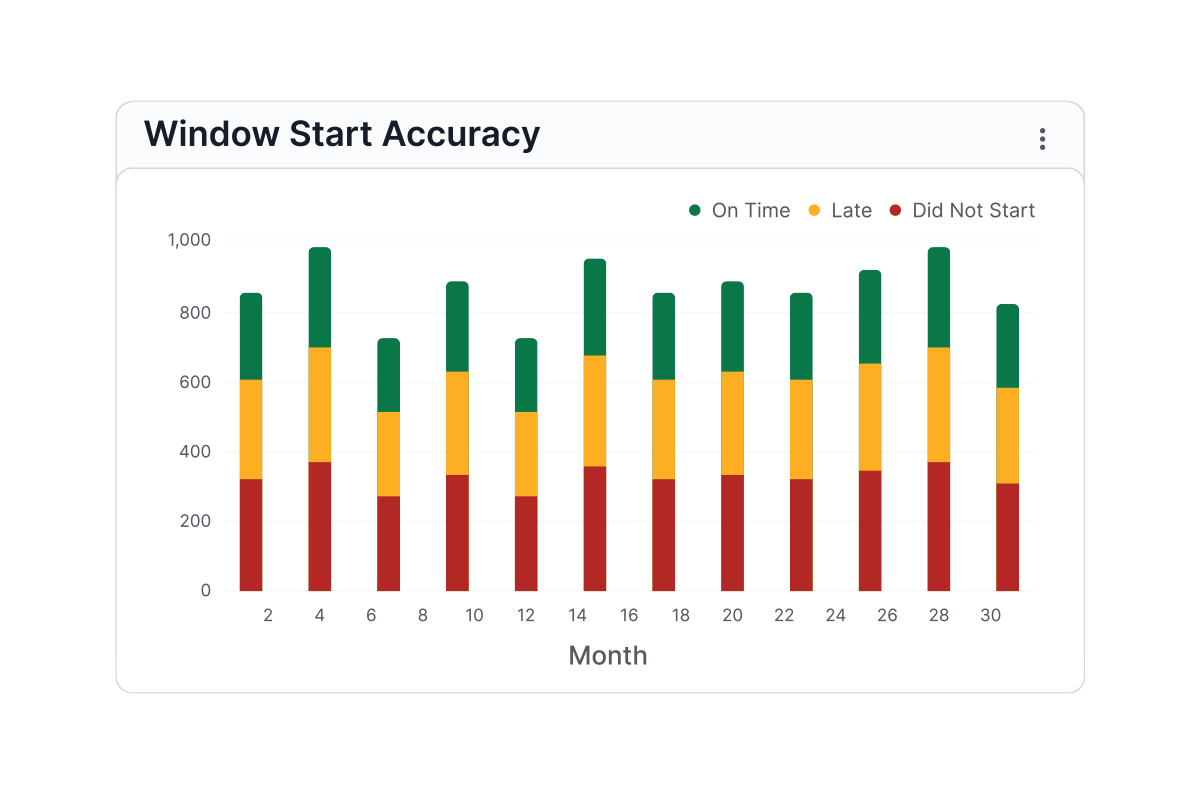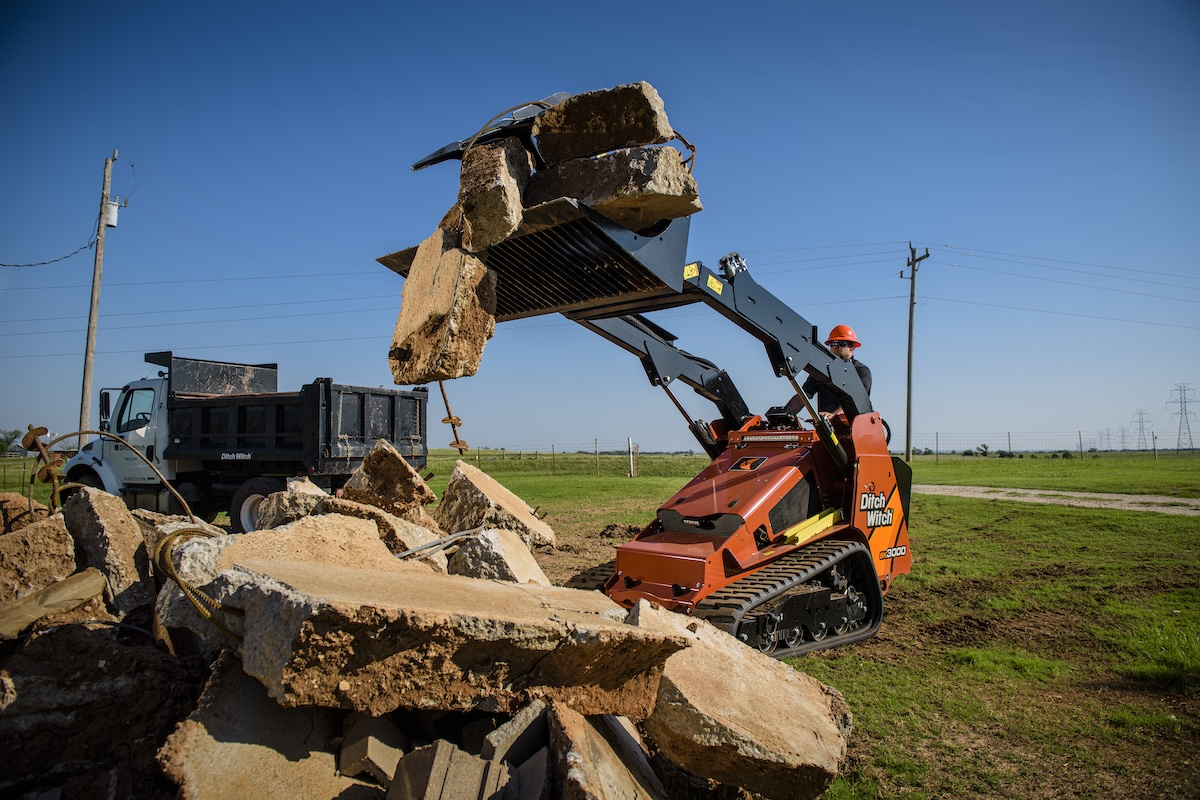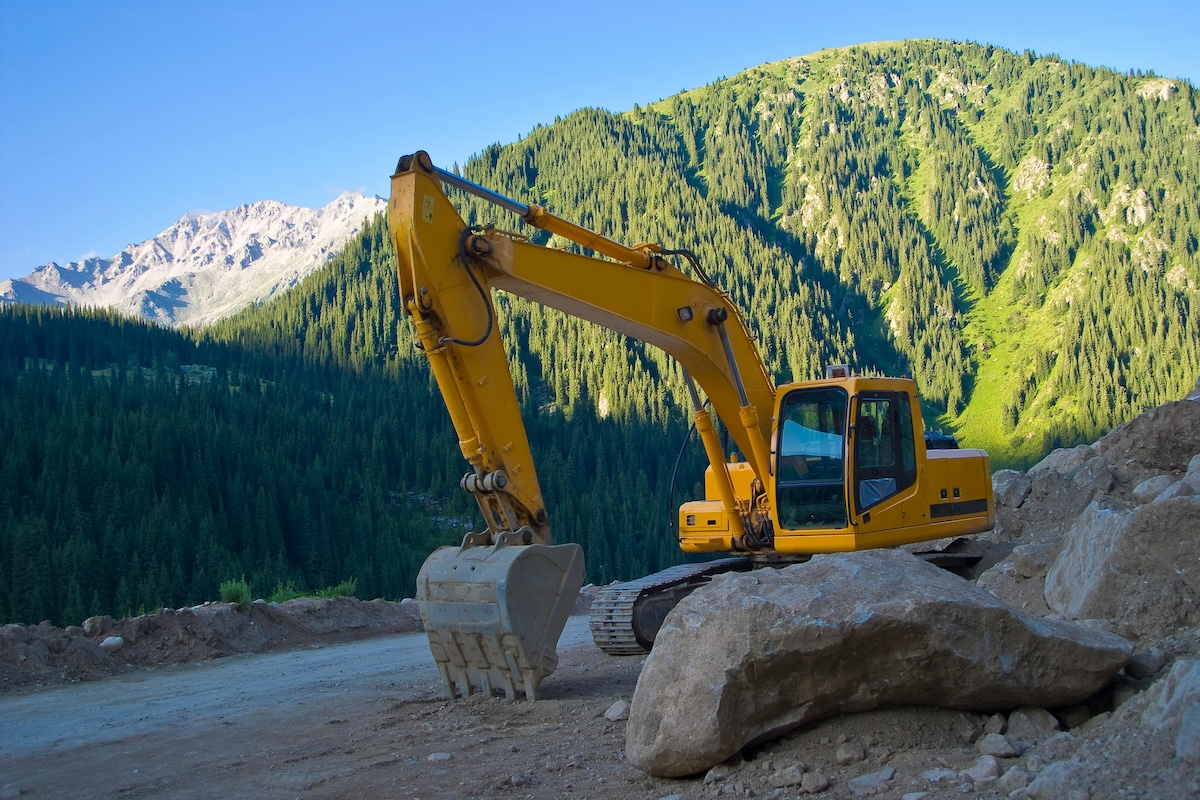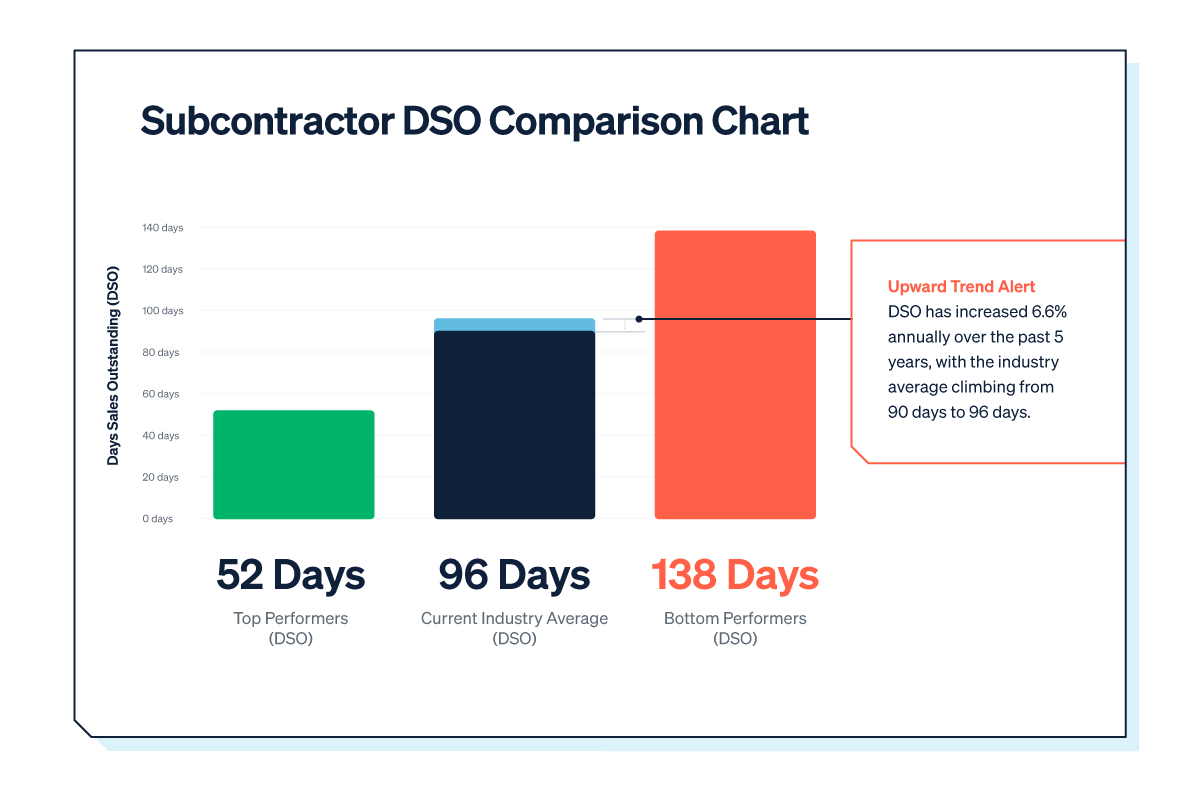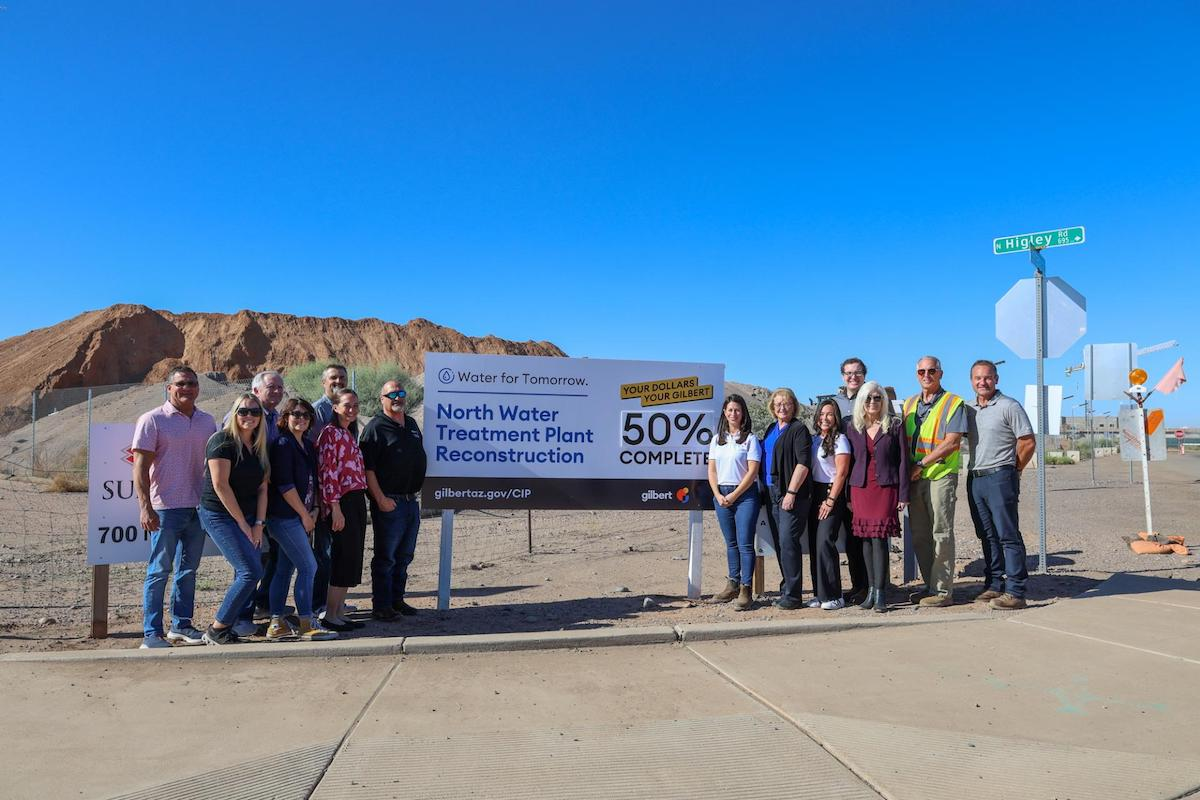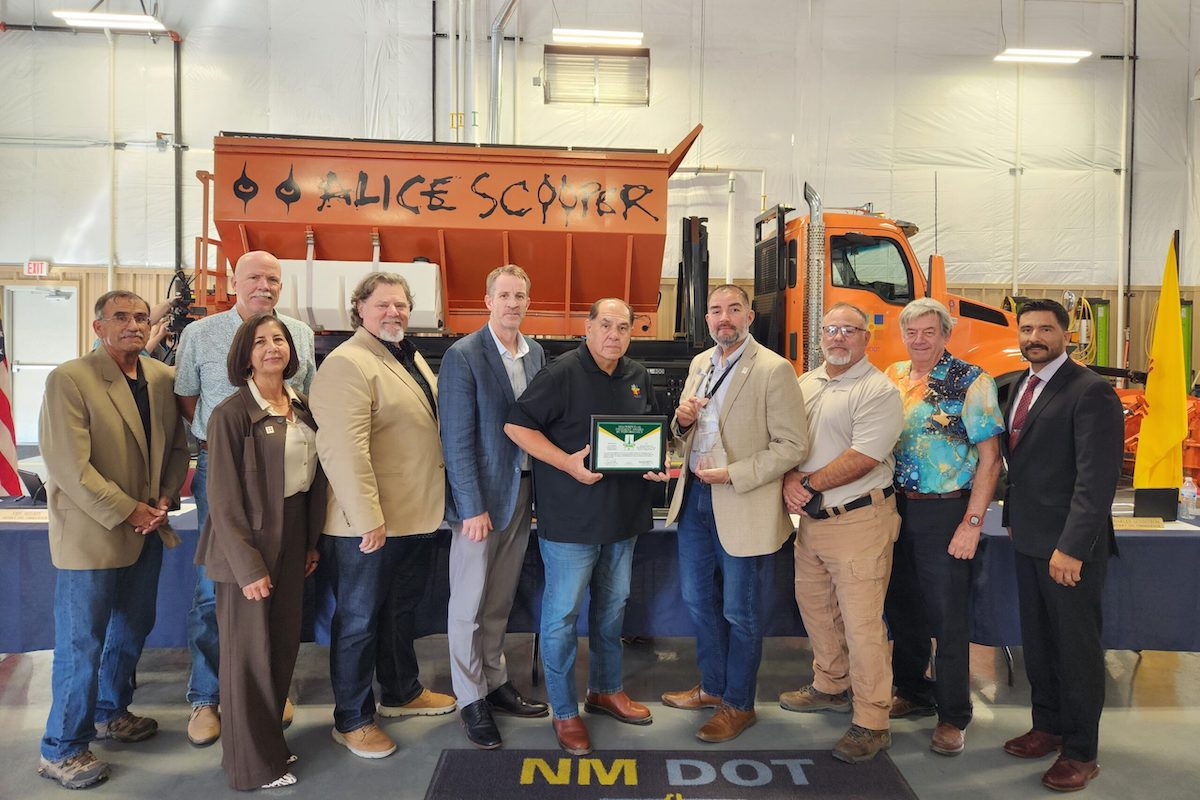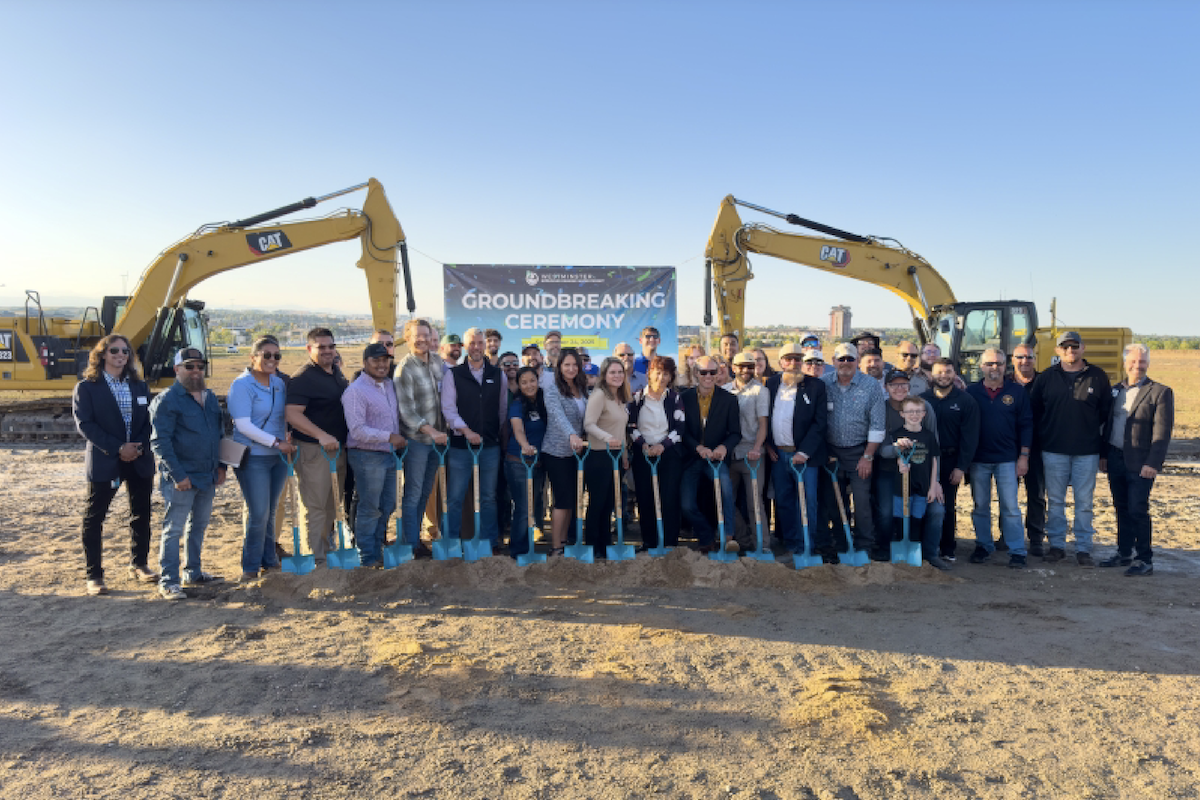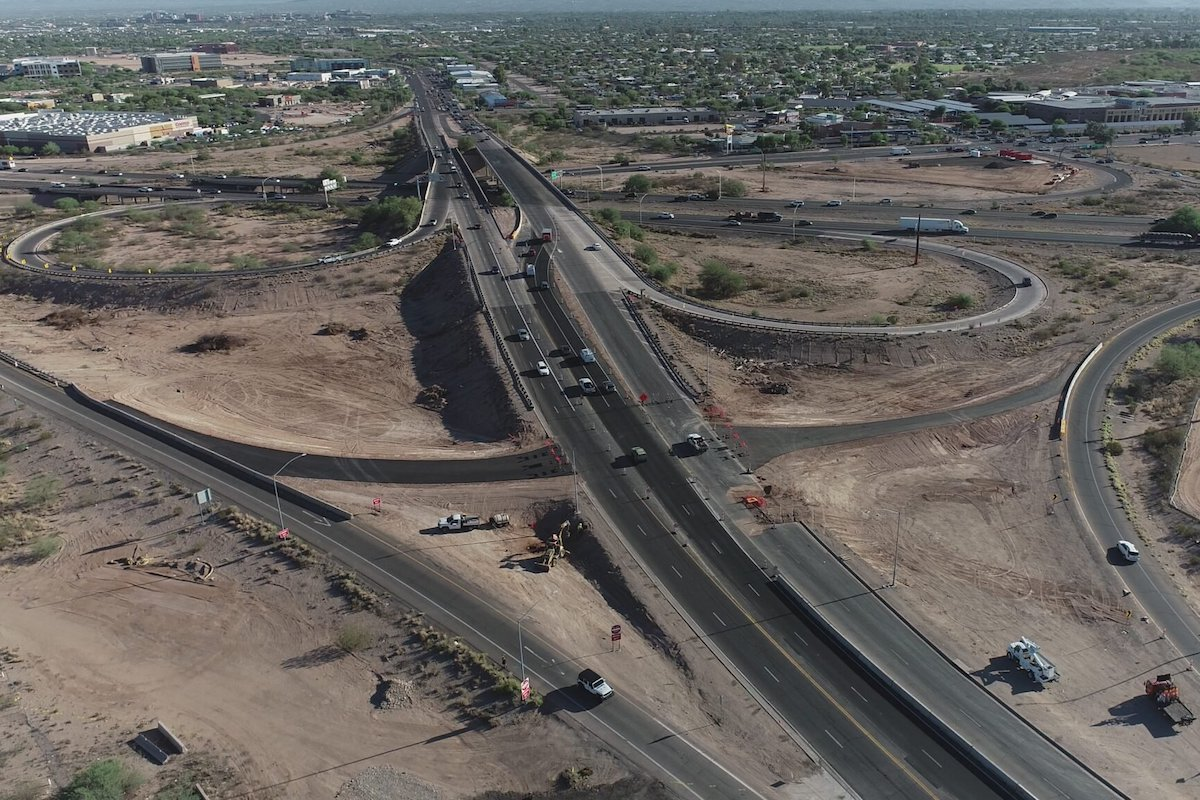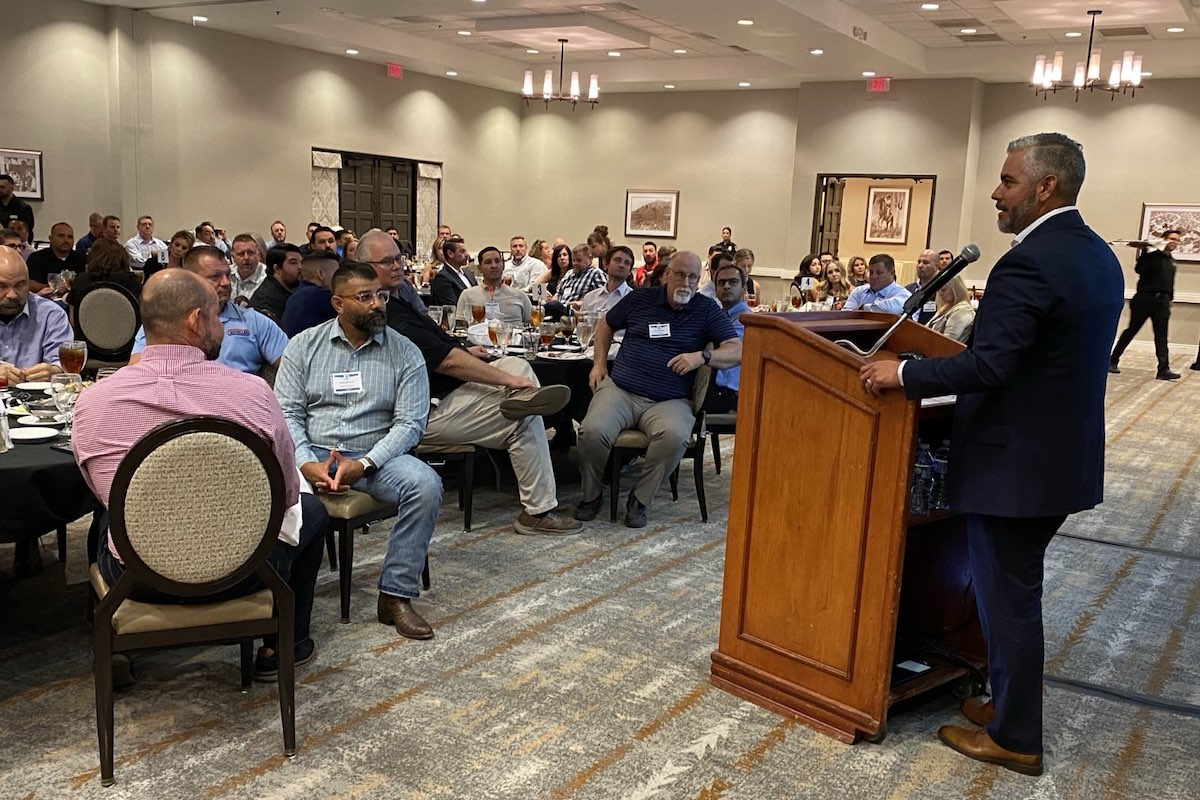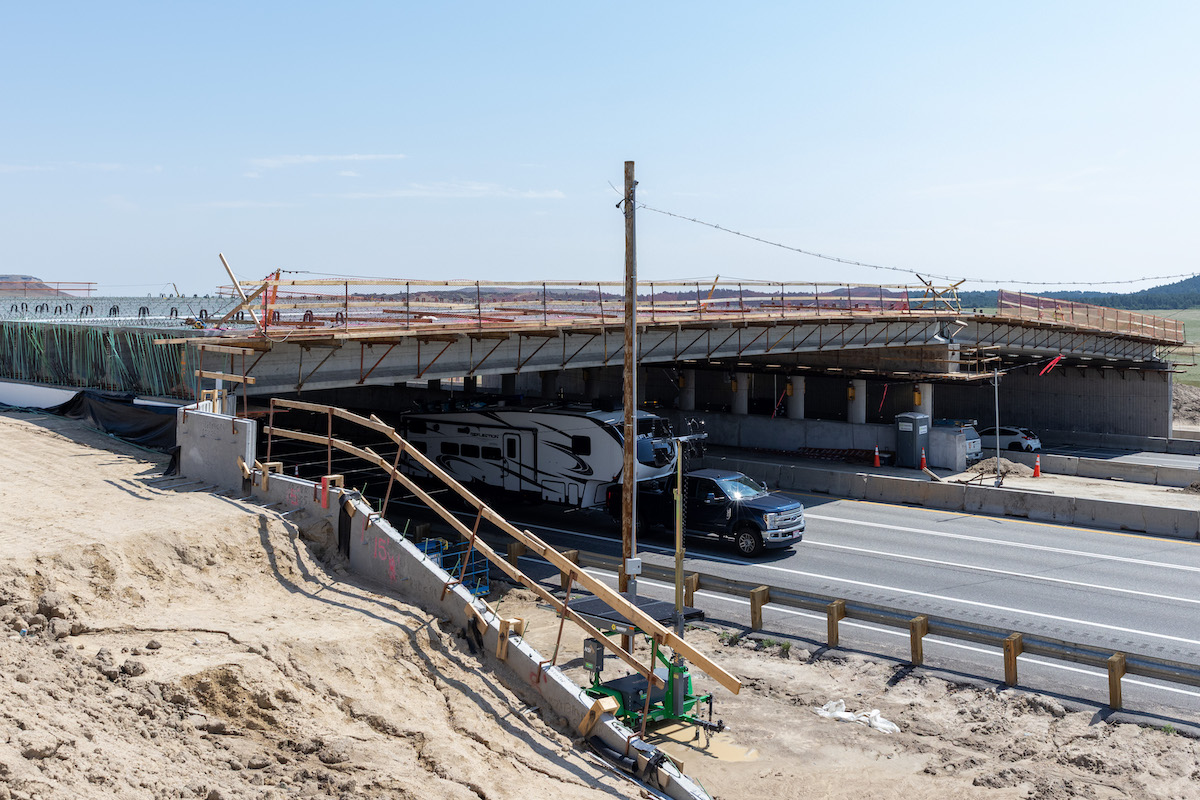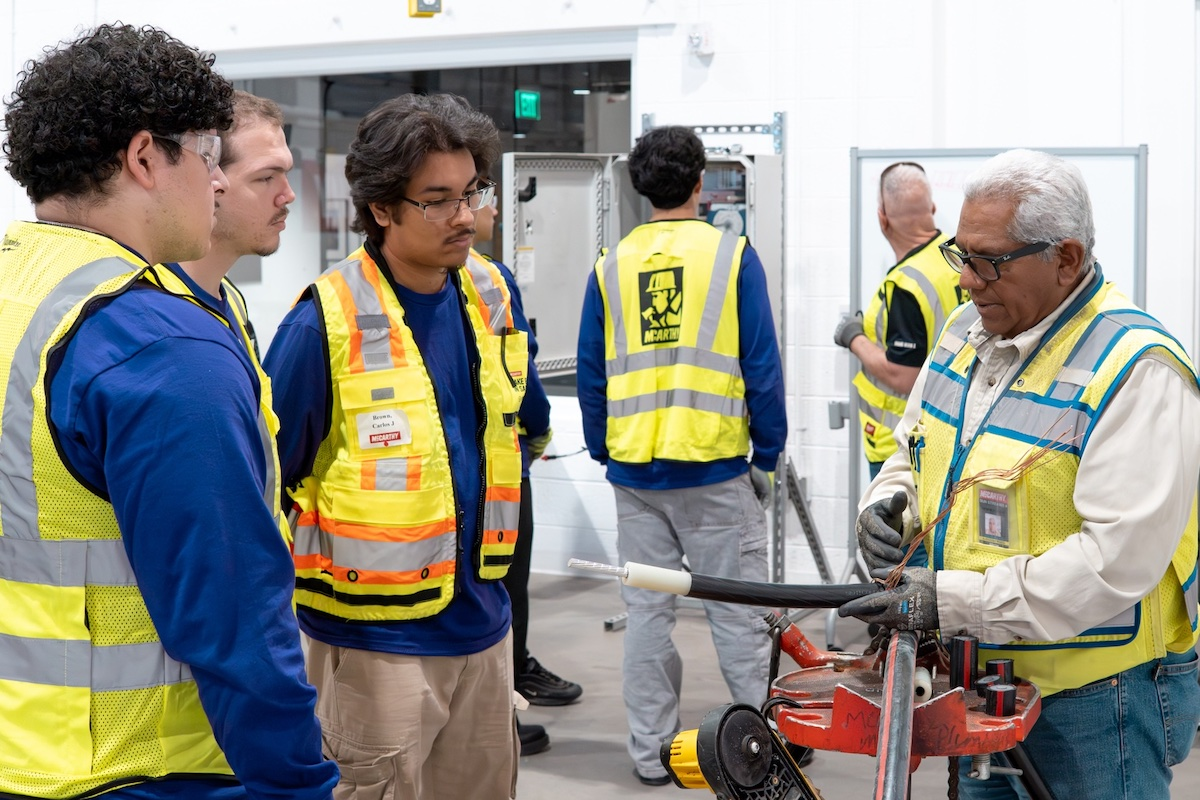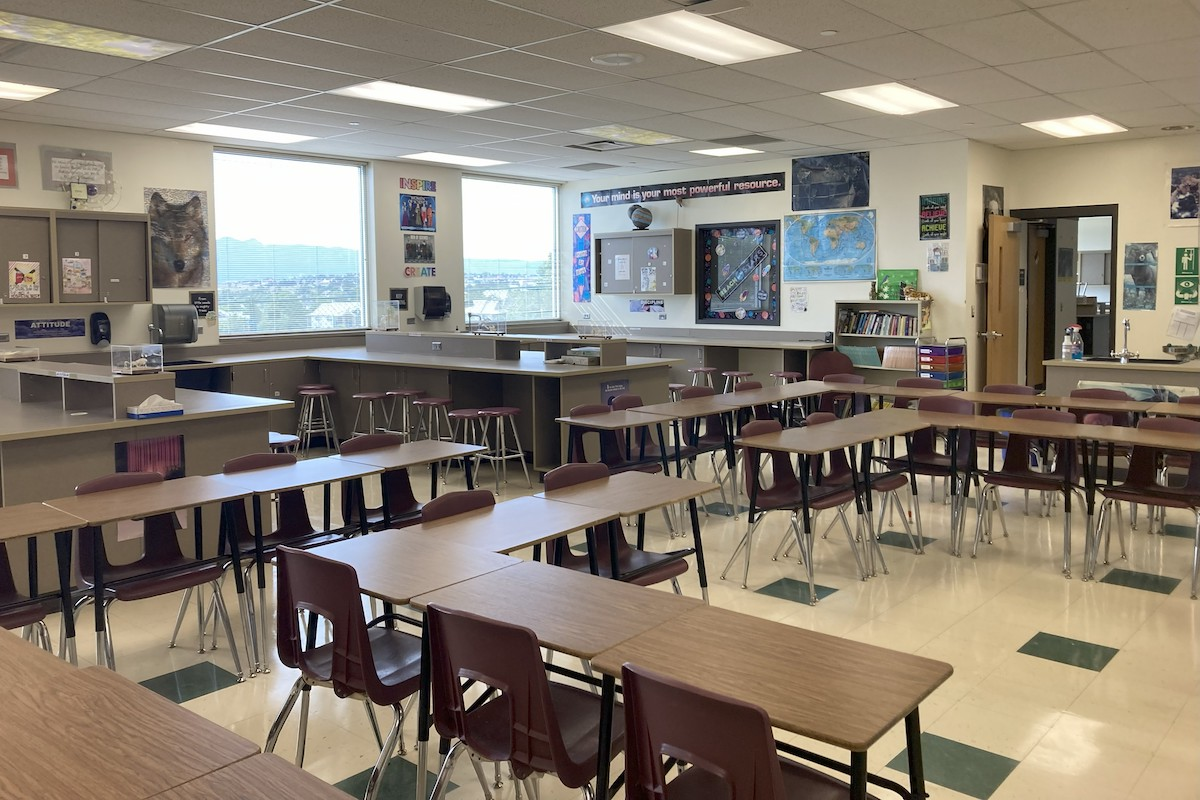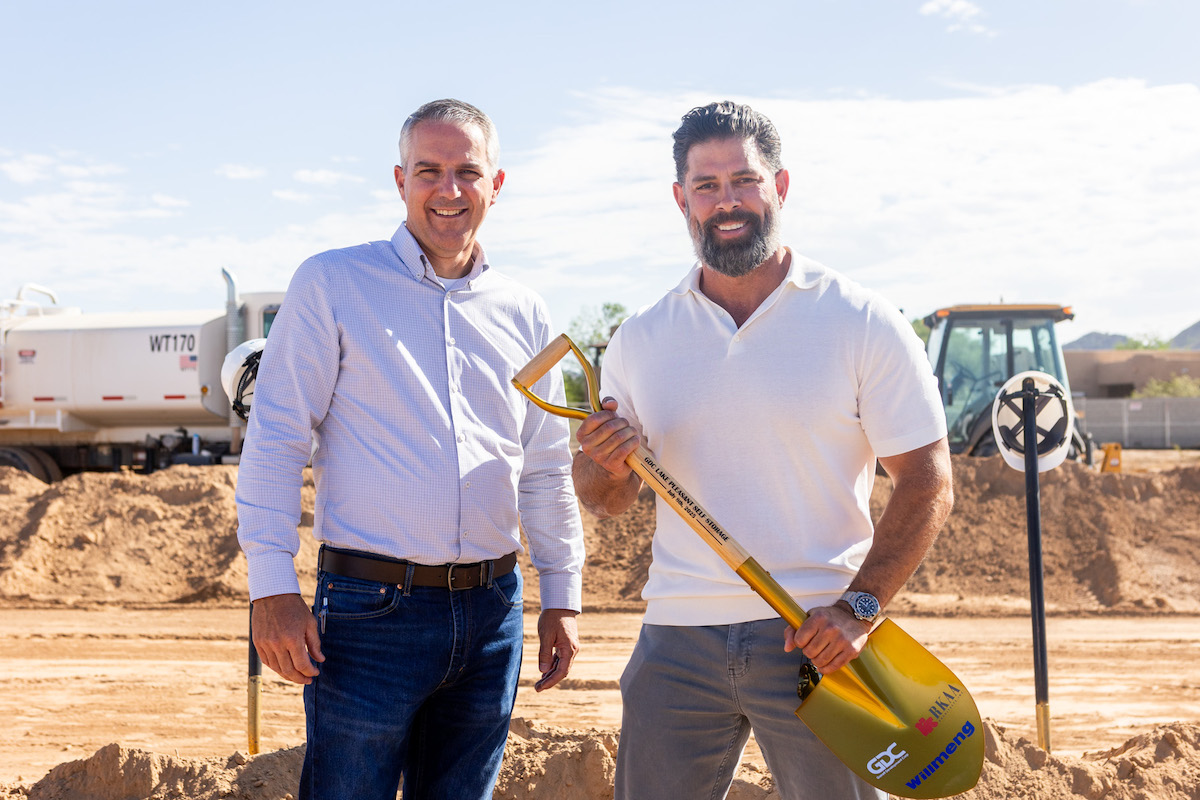Denver Water’s OCR project took nearly a decade to plan and construct. The 34.6-acre complex on W. 12th Avenue in Denver has conducted operations at the site since 1881, but the buildings became outdated and inadequate to support the future demands of providing water service. The goal was to redevelop the site and build a modern complex that improved the efficiency, functionality, security, and safety of all operations — with sustainability as a major element of the redevelopment. The complex was designed to incorporate LEED certification, with the new and remodeled buildings receiving the following levels upon completion:
- New Administration Building - LEED Platinum
- New Fleet Services Building - LEED Gold
- New Meter Shop - LEED Gold
- New Trade Shops - LEED Gold
- New Warehouse - LEED Gold
- New Wellness Building - LEED Gold
- Remodeled Three Stone Buildings - LEED Silver
- Remodeled Water Distribution Building - LEED Silver
“Due to climate change and future uncertainties, innovation, resilience, and adaptability are necessary to serve our customers using fewer resources,” said Kate Taft, Sustainability Manager for Denver Water. “We serve and care for the community and environment that we live in by continually improving our operations.”
The OCR project also includes demonstrations of net zero energy, including solar power and leading-edge concepts around the management of all water sources.
“Denver Water has long been a sustainability leader and demonstrated their commitment through the entire complex,” said Josh Gould, Denver-based Senior Vice President for Stantec, the global design firm that designed the six-story, 186,000-square-foot Administration Building. “The LEED Platinum certification reflects a focus on reducing consumption of resources, minimizing carbon footprint, and caring for our community.”

| Your local Volvo Construction Equipment dealer |
|---|
| Faris Machinery |
Other sustainable design features of the Denver Water Operations Complex include low water-use landscaping; bioswales; wetlands for water quality and control; and low flow WaterSense-labeled fixtures for restrooms, break areas, and the employee cafeteria. Sustainable operational practices combined with energy management and control systems provide the facility operations team unprecedented insight into real-time building performance and operations.









